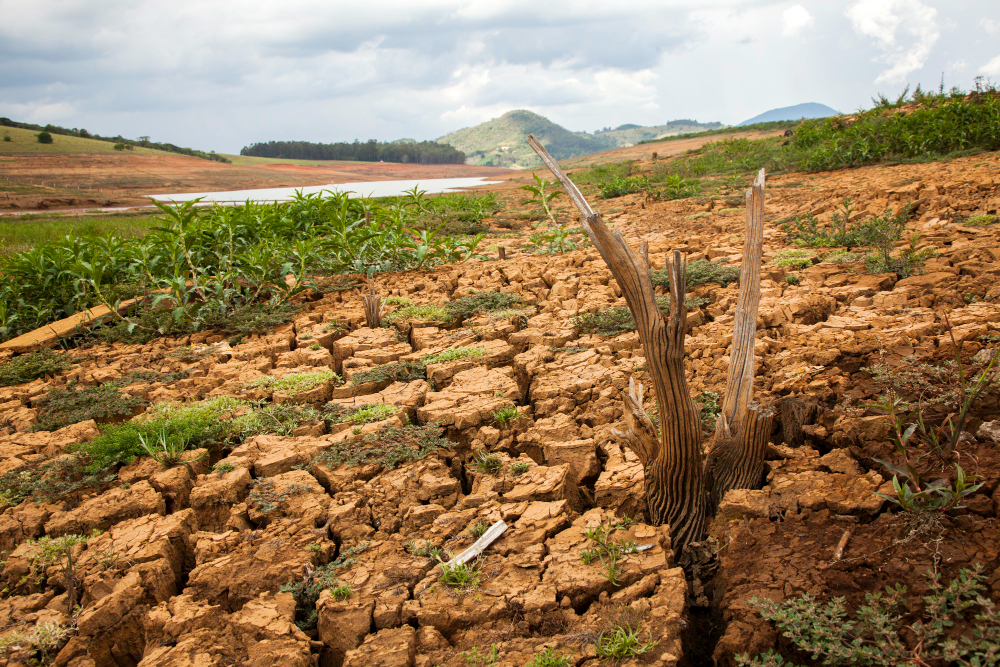The South of Brazil has been experiencing a severe drought that has impacted the region’s agriculture, resulting in lower yields and crop failures, particularly affecting leafy greens and other vegetables. As a result, there has been a noticeable shortage of leafy greens and other vegetables in supermarkets across the region, and prices for these items have soared as a consequence. The high cost of fresh produce has made it difficult for many consumers to afford a healthy diet, particularly low-income families and those living in remote areas without easy access to fresh produce.
In this article, we will explore the impact of the drought on agriculture and the shortage of leafy greens in supermarkets. We will also discuss how hydroponic farming could be a sustainable and resilient solution to this problem.
Impact on Agriculture
The drought has had a significant impact on agriculture in the South of Brazil, with many farmers struggling to keep their crops alive. The lack of rainfall has led to lower production levels and financial losses for farmers. The vulnerability of the region’s food supply chain to extreme weather events has been highlighted, with Brazil being a major exporter of food. If other regions were to experience similar drought conditions, the global food supply chain could be severely affected.
Shortage of Leafy Greens in Supermarkets
The shortage of leafy greens and other vegetables in supermarkets across the region has made it difficult for many consumers, particularly low-income families, to afford a healthy diet. The high cost of fresh produce has highlighted the importance of a diverse and resilient food supply chain, as the reliance on a few key crops makes the food supply chain vulnerable to shocks like droughts, floods, or pests.
Hydroponic Farming as a Sustainable Solution
Hydroponic farming could be a sustainable solution to the problem of drought in the South of Brazil. This method of growing plants in nutrient-rich water instead of soil has several advantages over traditional farming, including better control over growing conditions and higher yields per unit of land. Hydroponic farming uses significantly less water than traditional farming methods, making it a more sustainable option for regions that are prone to drought.
Hydroponic farming can be done indoors or in greenhouses, making it less vulnerable to extreme weather events like droughts or floods. This means that even if the South of Brazil were to experience another severe drought, hydroponic farmers could continue to grow leafy greens and other vegetables without interruption.
The drought in the South of Brazil has highlighted the vulnerability of the region’s food supply chain to extreme weather events and the importance of a diverse and resilient food supply chain. Hydroponic farming could be a sustainable and resilient solution to the problem of drought in the region. While there are challenges to adopting this method, such as initial setup costs and technological knowledge, the potential benefits of hydroponic farming make it a viable option for farmers in the South of Brazil and beyond. By embracing new farming methods like hydroponic farming, we can build a more sustainable and resilient food system that can withstand the challenges of climate change and extreme weather events.

